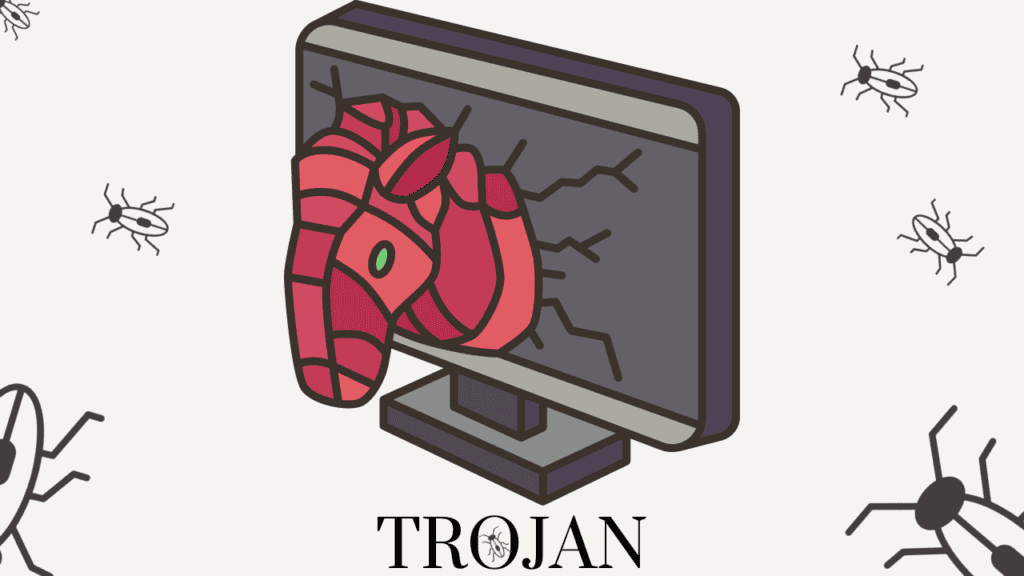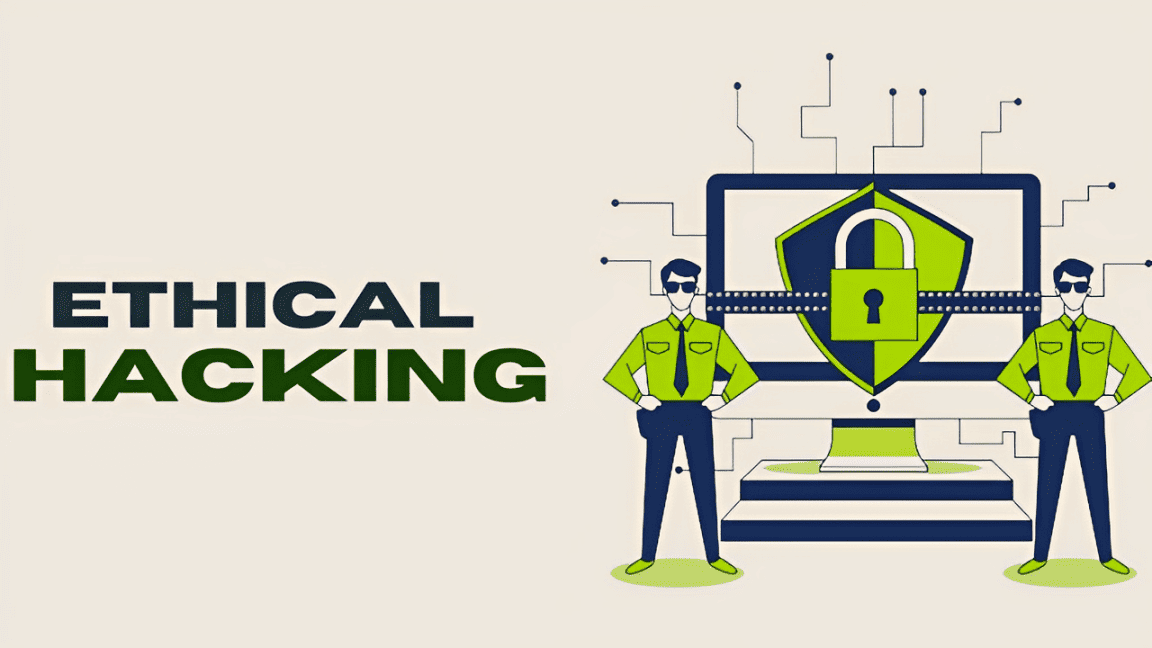Summary of the Blog
- What is Rat Malware
- How RATs Works
- Recognition and Preventing RAT Infection
- Responding to a RAT Infection
What is Rat Malware
RAT malware represents a significant cyber threat, empowering attackers to take full control over a victim’s computer, often without their awareness. Disguised as legitimate software, it provides attackers with unfettered access to the victim’s system, enabling the theft of sensitive information, surveillance of user activities, and the activation of hardware such as webcams and microphones.
How RATs Works
The process typically starts with a phishing attack or a malicious download. Once the user clicks on a deceitful link or downloads a contaminated file, the RAT installs itself on their system. Subsequently, it establishes a connection with the attacker’s server, enabling them to transmit commands and acquire data from the compromised machine.
Recognition and Preventing RAT Infection
Prevention and awareness are key. Look out for:
-Suspicious Emails and Links: Avoid clicking on unknown links or downloading attachments from untrusted sources.
-Unexpected System Changes: Slow performance or unusual behavior can be signs of infection.
-Use of Security Software: Regularly update antivirus and anti-malware programs to detect and remove threats.
Responding to a RAT Infection
If you suspect a RAT infection:
1. Disconnect from the Internet: This can prevent further data transmission.
2. Run a Full System Scan: Use reliable security software to identify and remove the malware.
3. Change Passwords: Immediately change passwords for sensitive accounts.
4. Seek Professional Help: Consider consulting a cybersecurity expert for thorough cleaning and advice.
Conclusion
RAT malware poses a significant threat in the digital world, emphasizing the need for vigilance and robust cybersecurity practices. By understanding how RATs operate and taking proactive measures, we can better protect ourselves from these insidious cyber threats.
LinkedIn
Twitter
WhatsApp
Facebook
Menu

Menu




